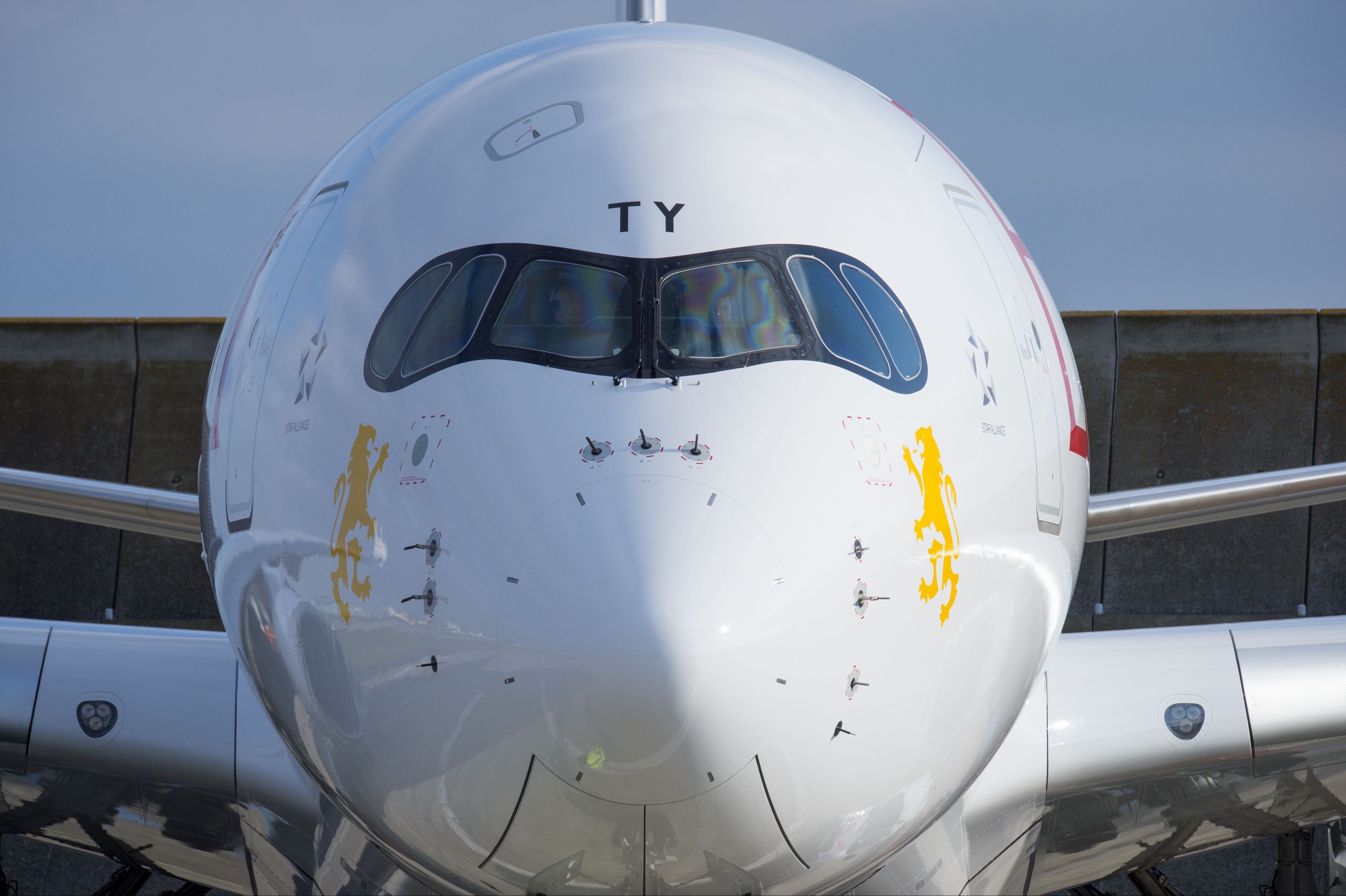This post is also available in:
![]() 简体中文 (Chinese (Simplified))
简体中文 (Chinese (Simplified))
On a sparkling summer day in 2012, Ethiopian Airlines took delivery of its first 787 Dreamliner from Boeing. In the months leading up to the handover, the largest carrier in Africa had earmarked its new long-range airliner for the route between Ethiopia and Guangzhou. At the last minute, Ethiopian changed its mind. Washington-Dulles, home to the large Ethiopian diaspora community, would get the first long distance hop for Ethiopian’s 787 fleet, not China. The late reversal, explained Ethiopian’s chief executive Tewolde GebreMariam, was because “the China route is very dense.” GebreMariam told the Wall Street Journal the airline’s larger 777-200LR, with its higher cargo and passenger capacity, kept it the priority on the route to China.
The next decade is slated to make the airlink between Africa-China the fastest growing on the planet, according to one key forecast. The expansion is happening on a comparatively small base, but the rapid annual growth underscores the increasing political and economic closeness between African nations and China, according to a recent report by the Africa Center for Strategic Studies. In Ethiopia, China’s Exim bank has funded the three-phase expansion of the Bole International Airport in Addis Ababa. It’s just one of dozens of aviation projects China is supporting across Africa that The Air Current is tracking. “I think Chinese investment in the continent is helping quite tremendously,” GebreMariam said at the 2012 delivery in Everett, Wash.

Ethiopian’s China connection dates back to 1973 when it became the first African carrier to fly to the country with a Boeing 720. It was only the fourth overall to connect Beijing to the rest of the world with its single weekly flight. Today, Ethiopian flies 34 passenger flights each week to China4
Today there are 14 unique city pairs being flown between mainland China to six countries on the African continent. The most are from Ethiopia where there are 9,200 seats flying each week during the winter of 2019 between Addis Ababa and Chinese destinations, according to OAG and airlineroute.net. EgyptAir, South African Airways, Air Algerie and Kenya Airways all have flights to the mainland. Guangzhou alone now gets 15 Ethiopian arrivals each week between passenger and cargo aircraft.5

Flights between regions in Africa and China account for three of the four fastest growing traffic flows on the planet, according to Airbus’s most recent 20-year Global Market Forecast – a fact buried inside the European plane maker’s data.6Over the next 10 years, flights between Sub-Saharan Africa to China are expected to expand at a 13.9% compounding annual growth. That makes it the fastest growing market on the planet. Boeing doesn’t quantify the traffic between Africa and Asia in any form as part of its annual forecast. According to data provided by MasFlight, between the first quarter of 2014 and the first quarter of 2018 capacity between Africa and China grew 90%.

But even the incredible growth expectation by Airbus may end up being conservative. GebreMariam earlier this month told the Guangzhou Daily that flights between Africa and China are slated to grow at greater than 20% each year. Expanded connections to Chongqing and Zhengzhou are planned on top of its four existing mainland cities. Rwandair, which only received its first new airplane in 2011, will begin flying to Guangzhou in 2019 by way of Mumbai. And China Southern’s chief executive Tan Wan Geng said its upcoming international expansion over the next three years would add more African destinations.
Write to Jon Ostrower at jon@theaircurrent.com
Subscribe to Continue Reading
Our award-winning aerospace reporting combines the highest standards of journalism with the level of technical detail and rigor expected by a sophisticated industry audience.
- Exclusive reporting and analysis on the strategy and technology of flying
- Full access to our archive of industry intelligence
- We respect your time; everything we publish earns your attention

